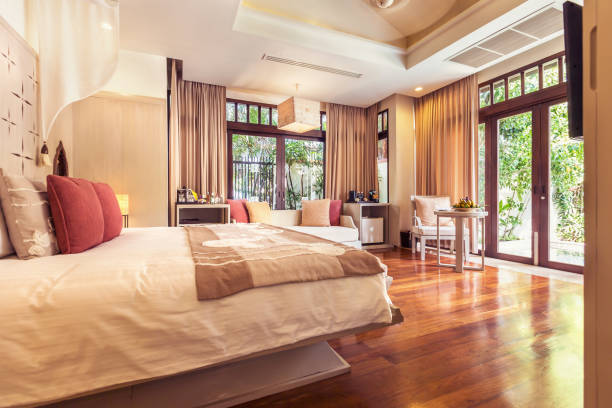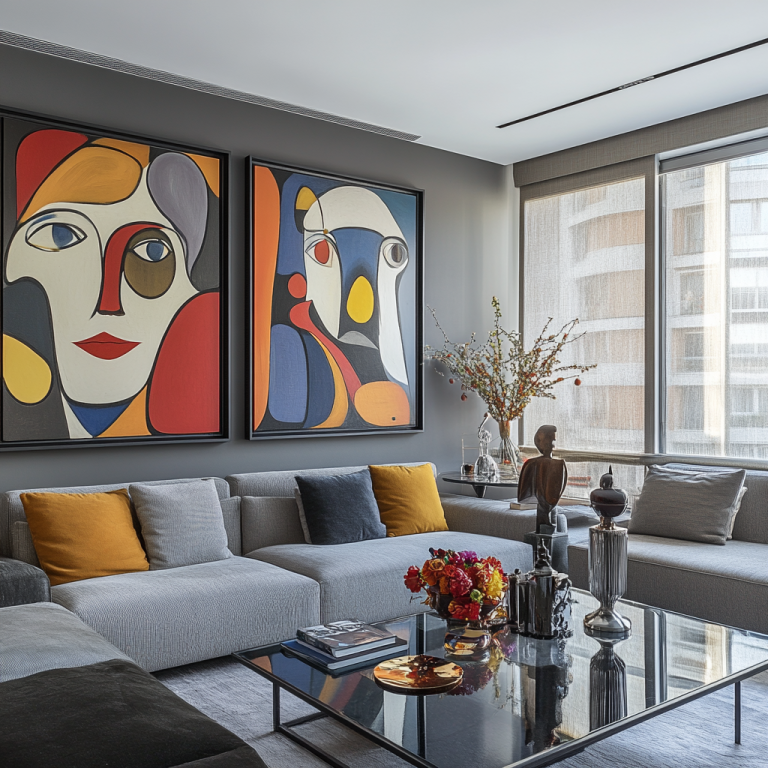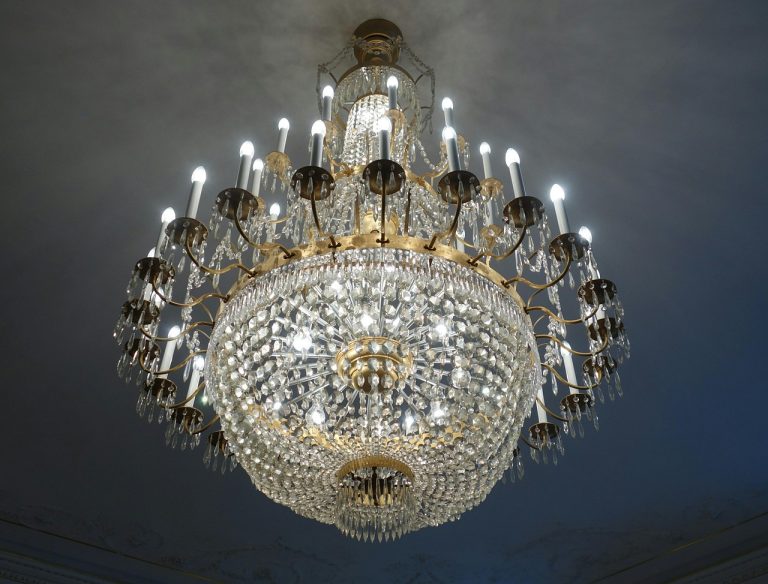The New Rehab Standard: Combining Cutting-Edge Medicine with Old-World Hospitality
There was a time when addiction treatment meant fluorescent lighting, white walls, and a cafeteria line. That’s changing — fast. The most forward-thinking luxury rehabs have realized that the setting is part of the medicine, and that recovery is easier to lean into when it’s surrounded by warmth, comfort, and dignity. They’re taking the best of modern clinical science and pairing it with a level of service that wouldn’t feel out of place in a storied European hotel. The result isn’t indulgence for its own sake. It’s an intentional environment that supports the kind of deep work people come to do.
Where Clinical Excellence Meets Personal Attention
Top-tier programs today don’t compromise on medical sophistication. On-site physicians, advanced diagnostic tools, and evidence-based therapies are standard. What’s different is how these elements are delivered. Instead of the brisk, impersonal tone that can come with medical environments, clients are met with the kind of personal attention that remembers how they take their tea, the name of their dog, or the fact that they prefer morning walks before breakfast. That balance — expertise paired with attentiveness — keeps care from feeling like something being done to you. It becomes something you actively participate in.
The approach also softens the natural tension that can come with starting treatment. Stepping into a place that smells faintly of fresh-baked bread instead of antiseptic changes the way a first day feels. The surroundings help reinforce that while the work ahead may be hard, it’s happening in a space that treats you as a whole person, not just a patient file.
How Thoughtful Environments Ease the Hard Work
The atmosphere isn’t just a nice extra — it affects how people respond to care. Modern neuroscience has plenty to say about how stress hurts both mental and physical health, and thoughtful design can mitigate that. Natural light helps regulate circadian rhythms. Spaces that feel open yet private can lower anxiety. Even something as simple as a warm-toned lamp or a linen-covered chair can influence mood in ways that make therapy feel more approachable.
In many of these programs, common areas are arranged not like waiting rooms, but like the living rooms of well-traveled friends — art on the walls, soft textiles underfoot, a sense of being somewhere curated rather than prescribed. Those details signal safety and welcome, which in turn make it easier to engage in honest conversation with a therapist or group. The more at ease someone feels, the more willing they are to do the difficult internal work that recovery demands.
Blending Privacy With Connection
One of the strengths of a luxury rehab in California or a similar high-end program elsewhere is the ability to calibrate privacy and connection. Clients can retreat to spacious, well-appointed suites when they need solitude, yet still have access to intimate shared spaces where conversation flows naturally. Meals might be taken at long farmhouse tables with just a handful of others, encouraging real dialogue without the intensity of a large group setting.
This balance matters because isolation can be a barrier to progress, but so can constant togetherness. The art is in giving people room to breathe, paired with opportunities for meaningful interaction. Staff members are often trained to notice when someone might benefit from either — suggesting a quiet reading nook for one client while encouraging another to join an evening cooking class. That responsiveness to individual temperament is one of the quiet luxuries of these programs.
Service That Anticipates, Not Reacts
If you’ve ever stayed at a hotel where the staff seemed to know what you needed before you asked, you already understand the kind of service model some luxury rehabs are adopting. This isn’t about being catered to in a way that keeps someone dependent; it’s about reducing friction so energy can go toward recovery. A fresh carafe of water placed by the bedside without a request, laundry returned neatly folded, a driver who remembers your preferred route to a therapy appointment — these are small things that create a steady sense of being looked after.
That kind of anticipatory care also extends to the clinical side. Adjusting a schedule when a client seems fatigued, adding a nutrition consultation when appetite changes, or switching a therapy location to an outdoor terrace if the weather’s perfect — those are subtle yet meaningful ways of showing attentiveness. They send a consistent message: you’re seen, you’re heard, and your comfort matters in the process.
When Hospitality Becomes Part Of Healing
Hospitality, at its best, isn’t about extravagance. It’s about creating conditions where someone feels safe enough to be vulnerable and cared for enough to keep going when the work gets uncomfortable. The old model of recovery settings often unintentionally created barriers with their starkness. Today’s luxury programs are proving that warmth, beauty, and attentive service aren’t distractions from the process — they’re part of it.
By borrowing from the playbook of world-class hotels and pairing it with uncompromising clinical care, these rehabs are shifting the conversation about what healing environments can look like. People aren’t just recovering; they’re doing it in spaces that remind them they’re worth the effort.
Closing Perspective
The fusion of high-level medicine with the thoughtful, human touch of true hospitality isn’t a passing style choice. It’s a recognition that comfort and care don’t belong in separate categories. When both are present, the path forward feels less like an ordeal and more like a turning point you can actually imagine walking through.







